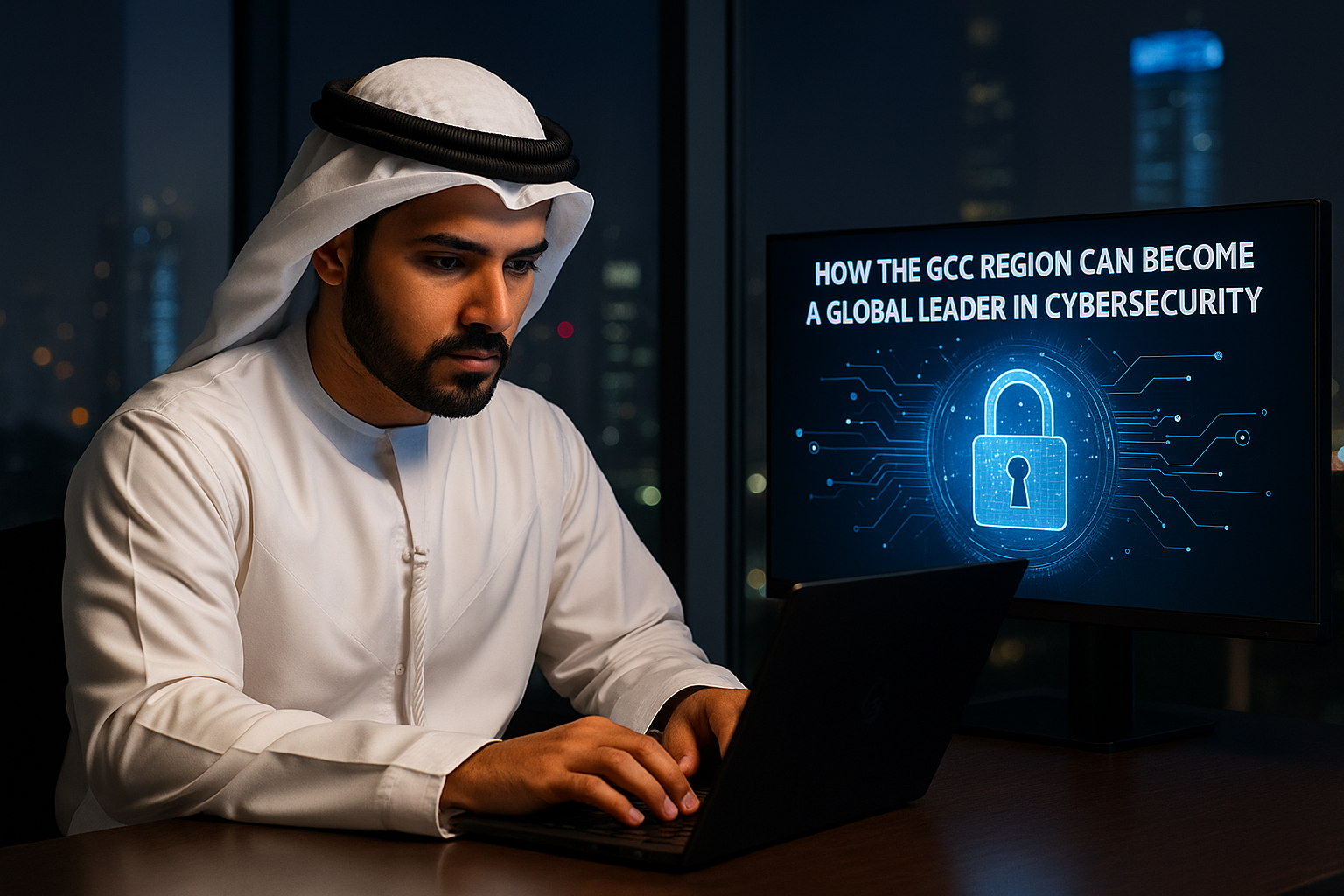Security Information and Event Management (SIEM) solutions are becoming increasingly critical as cyber threats grow more sophisticated. Organizations rely on SIEM systems to detect, analyze, and respond to security incidents in real time. In 2025, several emerging trends and challenges are shaping the role of SIEM in cybersecurity.
1. AI and Machine Learning in SIEM
With the rise of AI-driven cyber threats, SIEM solutions are incorporating machine learning to improve anomaly detection and automate threat response.
Key Developments:
- AI-driven SIEM systems can detect previously unknown threats.
- Automated correlation of security events enhances real-time incident response.
- Predictive analytics reduce false positives and improve accuracy.
2. The Integration of SIEM with XDR
Extended Detection and Response (XDR) is increasingly being integrated with SIEM solutions to provide a more holistic approach to threat detection.
Benefits of SIEM-XDR Integration:
- Comprehensive visibility across endpoints, networks, and cloud environments.
- Faster incident detection and response through automated workflows.
- Reduced complexity in security operations by consolidating tools.
3. Challenges in Managing SIEM Data Overload
The vast amount of security logs and event data generated by modern IT environments can overwhelm SIEM solutions, leading to alert fatigue and performance issues.
Solutions:
- Implementing log filtering and prioritization techniques.
- Leveraging cloud-based SIEM for scalable data storage and processing.
- Using AI-driven automation to reduce manual analysis workload.
4. Compliance and Regulatory Pressures
Organizations must align SIEM practices with evolving regulatory requirements, such as GDPR, CCPA, and industry-specific mandates.
Key Considerations:
- Automating compliance reporting to meet audit requirements.
- Enhancing log retention policies for regulatory adherence.
- Integrating SIEM with Governance, Risk, and Compliance (GRC) tools.
5. The Future of SIEM in Zero Trust Architectures
As Zero Trust security models gain adoption, SIEM systems must adapt to provide continuous monitoring and identity-based access control.
How SIEM Supports Zero Trust:
- Real-time visibility into user behaviors and network activity.
- Integration with Identity and Access Management (IAM) solutions.
- Enforcing least privilege access through event correlation.
Final Thoughts
The role of SIEM in cybersecurity continues to evolve, addressing new threats and integrating with emerging technologies. Organizations must stay ahead by modernizing their SIEM strategies, leveraging AI, and adopting scalable solutions to keep pace with the ever-changing threat landscape.
Lorem Ipsum is simply dummy text of the printing and typesetting industry. Lorem Ipsum has been the industry's standard dummy text ever since the 1500s, when an unknown printer took a galley of type and scrambled it to make a type specimen book. It has survived not only five centuries, but also the leap into electronic typesetting, remaining essentially unchanged. It was popularised in the 1960s with the release of Letraset sheets containing Lorem Ipsum passages, and more recently with desktop publishing software like Aldus PageMaker including versions of Lorem Ipsum.
Lorem Ipsum is simply dummy text of the printing and typesetting industry. Lorem Ipsum has been the industry's standard dummy text ever since the 1500s, when an unknown printer took a galley of type and scrambled it to make a type specimen book.





